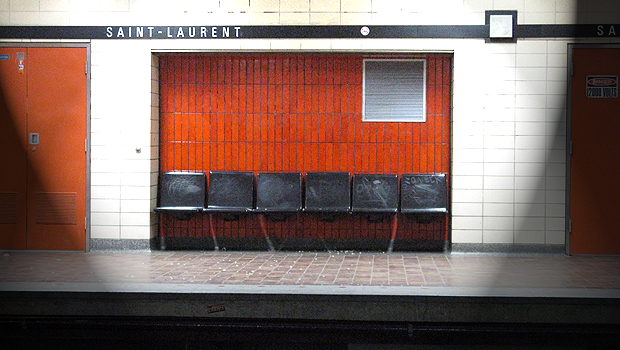

 Cynthia L. Selfe
Cynthia L. Selfe
The Ohio State University
selfe.2@osu.edu
 Franny Howes
Franny Howes
Virginia Tech
franny.howes@gmail.com
Why should we pay attention to the teaching of composition through the lens of disability studies? In part the answer to this question lies in Brenda Jo Brueggemann’s reminders—in department meetings, in collaborative projects, in our conversations—that what’s good for people with disabilities often ends up being good for everyone: curb cuts, for instance, and cell phones with bigger buttons, lower water fountains and handier automatic doors, computers that read text aloud and improved captioning software that allows us to access muddled audio, better traffic signals and ergonomic keyboards, even hand signals in baseball. We are all TABs, Brueggeman and colleagues remind us, “temporarily able bodies” (Brueggemann, White, Dunn Heifferon, and Chou, 2001, p. 369).
These inventions, however, don’t provide the only reasons or even the most important reasons for attending to lessons from disability studies. For educators, it is ethically questionable to practice pedagogies and construct spaces that categorically exclude entire classes of people. We need to pay attention to the teaching of composition through the lens of disability studies to remind ourselves of just how much our profession has to learn, and just how much we have been content to ignore.
 In this important sense, disability studies reminds compositionists that our programs, curricula, and classes are designed to work for only some bodies, not for all bodies: This applies to both our students and our professional colleagues. Re-thinking composition from a disability studies perspective reminds us that we too often design writing instruction for individuals who type on a keyboard and too easily forget those who use blow tubes, that we have a habit of creating assignments for those who read text with their eyes and a related habit of forgetting those who read through their fingertips, that we too often privilege students who speak up in class and too often forget those who participate most thoughtfully via email.
In this important sense, disability studies reminds compositionists that our programs, curricula, and classes are designed to work for only some bodies, not for all bodies: This applies to both our students and our professional colleagues. Re-thinking composition from a disability studies perspective reminds us that we too often design writing instruction for individuals who type on a keyboard and too easily forget those who use blow tubes, that we have a habit of creating assignments for those who read text with their eyes and a related habit of forgetting those who read through their fingertips, that we too often privilege students who speak up in class and too often forget those who participate most thoughtfully via email.
Such lapses have great ethical and practical costs to the profession. When we design the intellectual spaces of composing programs, classes, assignments “with only normate bodies in mind,” ignoring the fact that disabilities exist, as Margaret Price observes in the "Space" section of this webtext, then “non-normate bodies (bodies that are gendered, classed, raced, disabled in particular ways)…disappear.”
This introductory section provides a framework for understanding the six richly textured sections that follow. It is meant as a brief conceptual introduction to the thoughts of six marvelous colleagues (Margaret Price, Stephanie Kerschbaum, Elizabeth Brewer, M. Remi Yergeau, Sushil Oswal, Michael Salvo), all of whom explore the insights and perspectives that disability studies can lend to composition studies.
Importantly, the collective document authored by these individuals both endorses and enacts an ethics of accessibility. In terms of composition studies, this ethic refers not only to an expanded understanding of the physical and material conditions needed for learners and teachers of composition, but also to the responsible and respectful attention we need to pay to the differences people bring to the educational spaces of composition programs, classes, and assignments. This ethic also refers to a growing commitment—both intellectual and practical—to create texts that allow the broadest possible range of people to make meaning in ways that work best for them. The ethics of accessibility serves as an overarching concept that characterizes and anchors all the sections of this text.